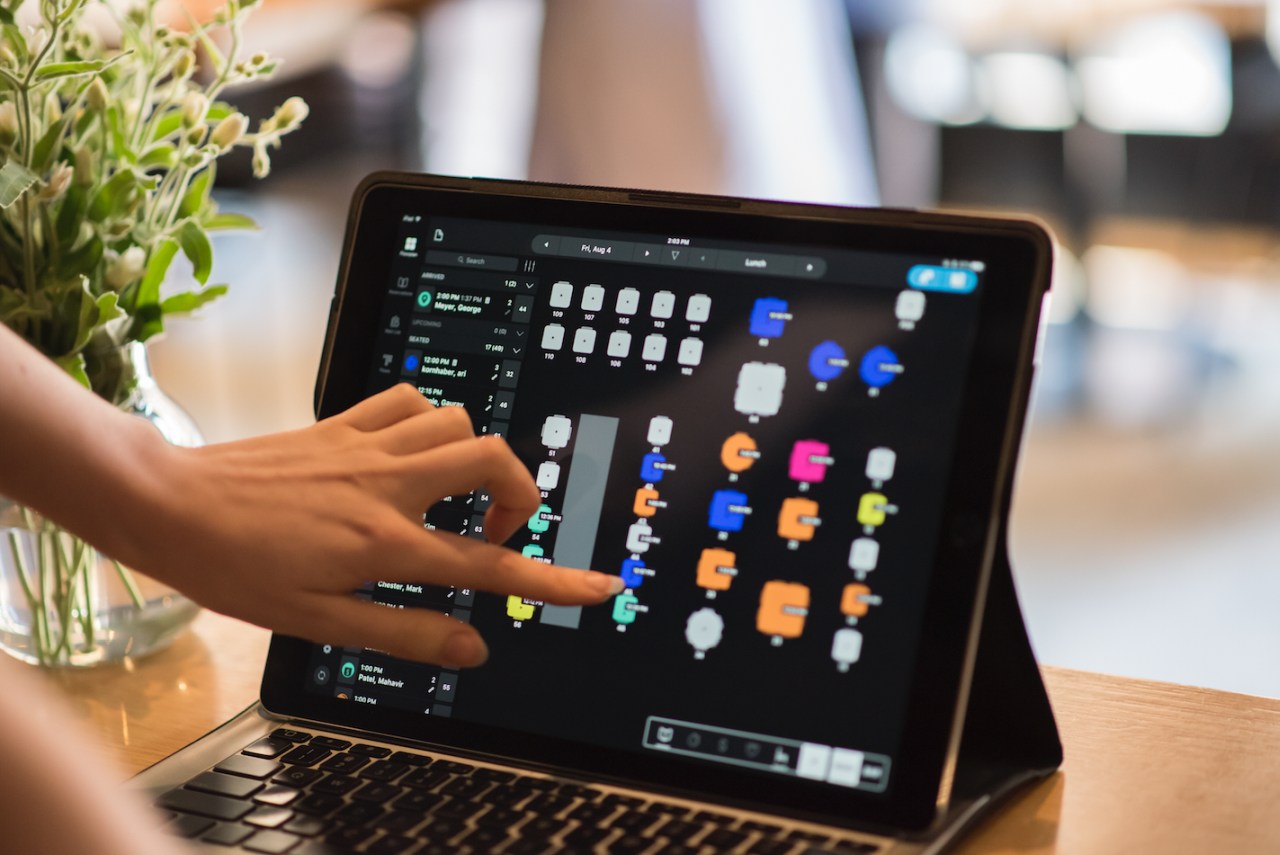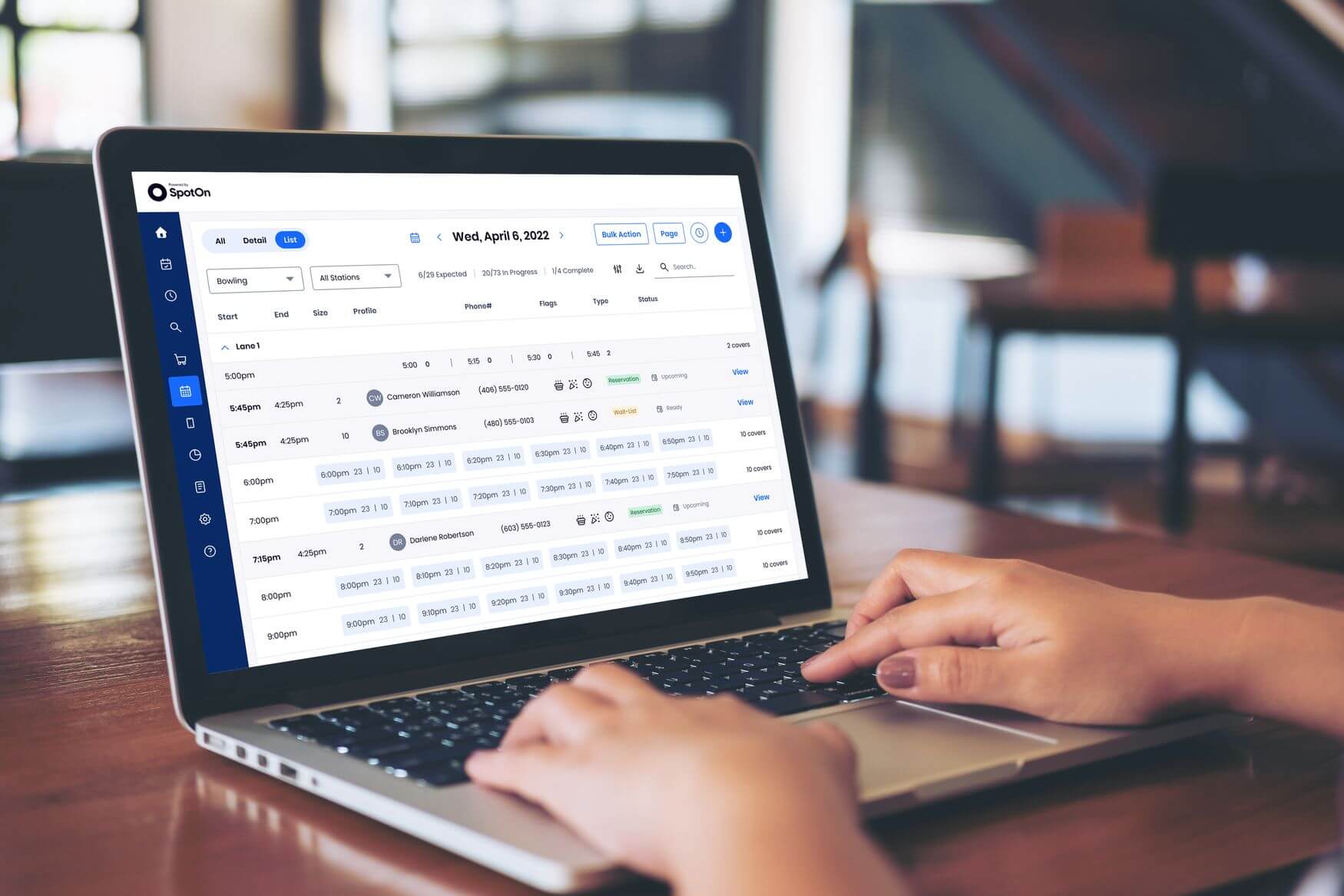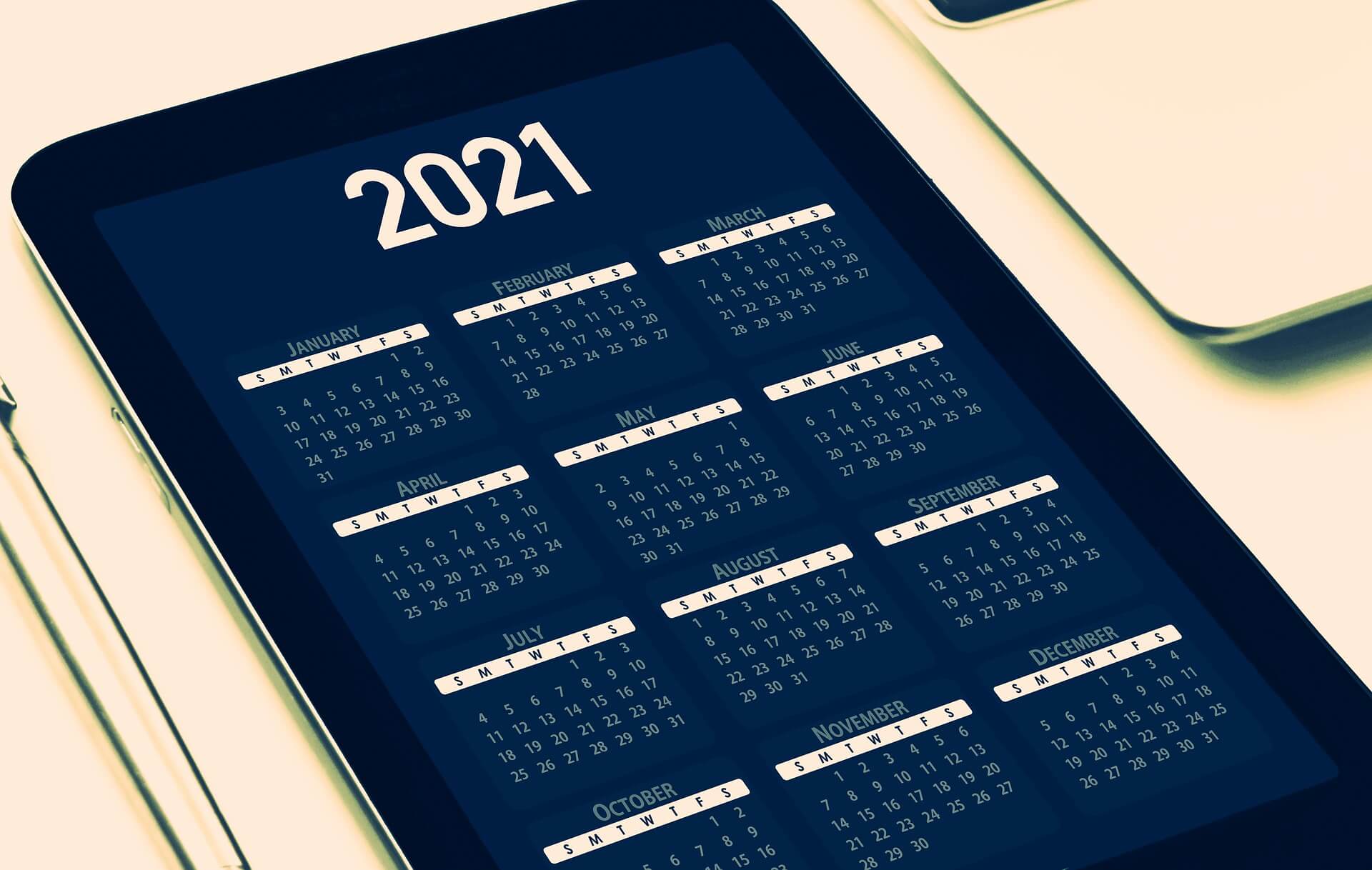Time to Revisit Your Hours of Operation?
by David Klemt

Many operators, in response to the past few years, find themselves slashing dayparts—even entire days—from their hours of operation.
Obviously, this makes sense. Reducing the hours a restaurant or bar is open can control and reduce many costs.
However, the industry is now seeing an increase in demand from restaurants and bars. Today’s consumer craves a return to normalcy. While delivery, carryout and pickup are here to stay, people want to return to in-person dining.
Generally speaking, people like to socialize (at least with their friends). And, of course, restaurants and bars are spaces that fill the human desire to get social.
At KRG Hospitality we certainly understand how reducing hours and days of operation can be effective. In fact, depending on experience level, concept, and market, we sometimes recommend that clients limit their hours and days when first starting out.
However, as guest demand for in-person dining and drinking increases, it may be time to revisit this operational strategy.
Increase Visit Time, Increase Check Average
There’s a battle that takes place in restaurants and bars during each daypart. Operators are engaging an opponent they can’t defeat: time. The best one can hope for is to keep up with or otherwise mitigate the damage done every time the second hand on a clock ticks.
Therefore, most operators fall into two camps: Turn and Burn, and Keep ’em Spending. Hospitality and foodservice professionals are (or should be) familiar with both strategies.
Turn and Burn is about getting butts in seats, getting orders out, and getting those butts out of those seats as quickly as possible to get new butts back into them.
Keep ’em Spending focuses on increasing check sizes through keeping guests in the venue. The thought is that the longer a guest or party is on site, the more money they’ll spend.
Rich Shank, vice president of Research & Insights at Technomic, addresses the latter strategy in a recent Restaurant Business article.
“What is interesting about that is that our dining party often impacts the time we spend in a unit and the amount of money we spend while dining in,” writes Shank. “Even dining in at limited-service restaurants is heavily correlated with how much time we spend inside the restaurant—making time and money a perfect pairing in most restaurants.”
It’s not Just About Hours
In Shank’s Restaurant Business article, the Technomic VP points out that families with children tend to spend the most at restaurants. This has long been the case, and it’s logical. After all, families with children are purchasing more F&B items per visit, and they tend to spend more time per each visit as well.
However, it’s not just about the hours and days of operation, as Shank also says. It’s important that a given concept be attractive to occasion-driven guests. In other words, people gather in pairs and groups for life events.
These events can be as simple yet important as date night, to huge gatherings such as large family reunions or corporate gatherings. So, when operators are reviewing their hours of operation and the days and dayparts they’re open for business, the guest experience and their life events are important elements to consider.
“If you take the time and money relationship seriously, then the idea of throttling down on our dine-in strategies to preserve on costs or to narrow our focus to off-premises occasions only is causing us to miss the occasions that drive check-average,” writes Shank.
It’s also crucial to have a close relationship with data. Operators need to be obsessive with location and guest data. Unless they know their market, location, and guests incredibly well, operators are just guessing before making important operational changes. Guest feedback can be an effective method of knowing if it’s time to increase hours and add days of operation.
Only the operator can know if it’s time to, well, increase time. Yes, costs will go up if a venue is open longer. However, revenue can also soar. Maybe it’s time to finally be available for in-person dining for longer.
Image: Lucian Alexe on Unsplash




